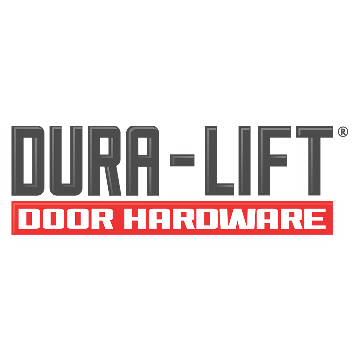-
Springs
-
Garage Storage
-
Garage Hardware
-
Kits
-
More Home Improvement
-
Learn More
How To Keep Your Garage Warm & Energy Costs Down
June 30, 2020
Brr! Winter hits the majority of the United States in December and with it comes cold temperatures, rain, sleet, snow, and ice. Whether you’re leaving your home, dropping a can in the recycle bin, or working on a project, the last thing you want is for your garage to be drafty with cold air or, even worse, wet due to precipitation finding its way under the bottom of your door. But do not fear! There are steps you can take to control the temperature of your garage (and your energy bill) like upgrading your garage door weather seal, garage door threshold, and garage door insulation panels.
Garage door bottom seals are one of the easiest ways to protect your garage from chilly elements but most new garage door bottom weather seals are made of vinyl. Vinyl is known for being stiff and breaking down quickly over time. Especially during cold seasons, vinyl bottom seals flatten and allow access to wind, precipitation, and pests looking for warmth into your garage. An easy upgrade to a vinyl bottom seal is a rubber garage door bottom seal. Rubber bottom seals maintain their integrity up to 5x longer than their vinyl counterparts. DURA-LIFT garage door bottom seals are made of 100% EPDM rubber which is much more supple than vinyl and has high-performing "bounce back" and "flexibility" performance when sealing the gap between the door and the ground. Rubber keeps its shape, conforms to the ground, and does not stiffen. A rubber seal will allow you to defend your garage from the elements and seal the gap between the door and the ground to keep the relative heat inside your garage and keeping your energy bill a little lower than without.

In addition to garage door bottom seals, garage door thresholds help protect undesirable elements from entering your domain's main entryway. Unlike a garage door bottom seal (which is affixed to the bottom of the door), a threshold is glued to the ground and not only aids the door's bottom seal in creating an airtight barrier between the door and the ground, but also acts as a barrier from precipitation buildup flooding into the garage. A sort of "sandbag," a threshold will stand tall against heavy rain or snow and help protect against any wetness from entering the garage. Garage door thresholds are constantly being run over by vehicles, so we recommend 100% EPDM rubber thresholds to keep your garage climate better protected over time.
Finally, retrofit garage door insulation panels fortify the air in your garage. Compared to a non-insulated door, an insulated door realizes a 5x better thermal performance rating. These insulation panels are made of styrofoam and are vinyl-faced for heat retention. In addition to the insulation benefits, these panels also contribute to a 20% reduction in noise levels. Perfect for projects (while you're warm!).
So there you have it. A warm garage is a usable garage. The above arguments are 3 ways to keep your garage warmer in colder months and, believe it or not, cooler in warmer months. The garage is a larger space of a home or business and, if you can regulate its temperature consistently, it will not only help reduce energy costs but make the space more usable.
Also in Garage Protection

How to Protect Your Home for Hurricane and Tornado Season
June 17, 2019

The Concerned Homeowner's Guide to Garage Door Security
June 10, 2019
Sign up to get the latest on sales, new releases and more…

